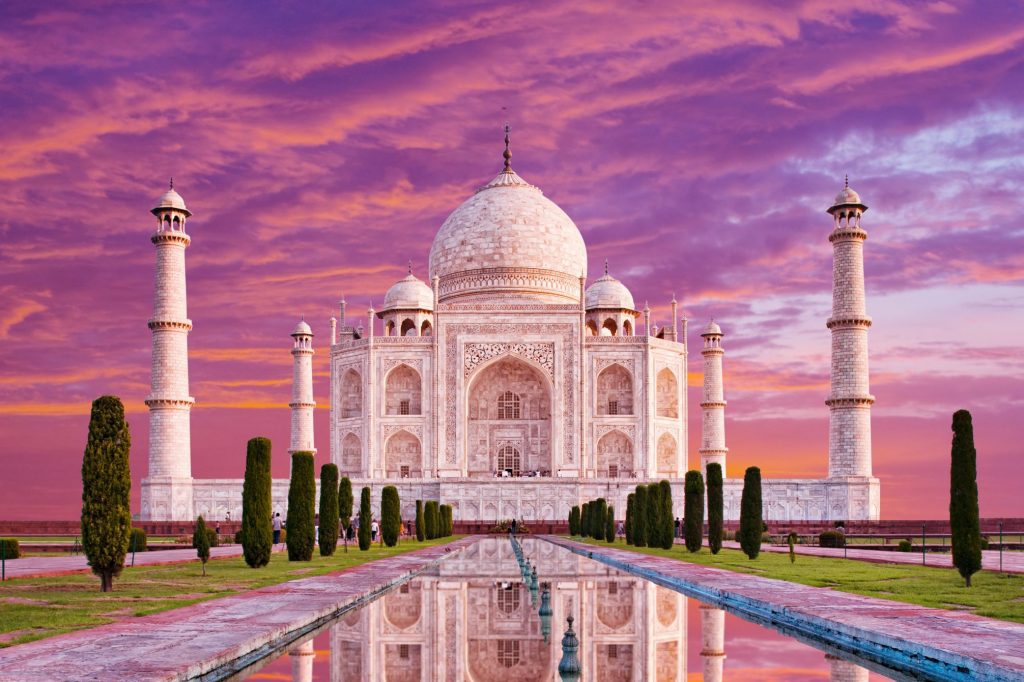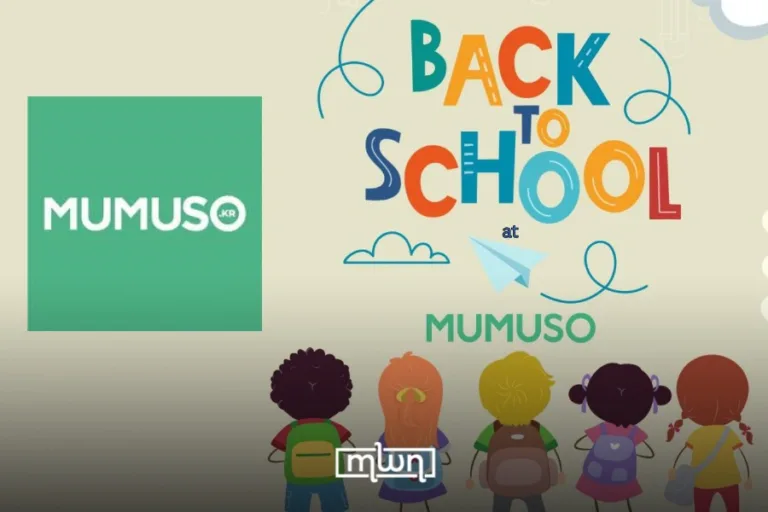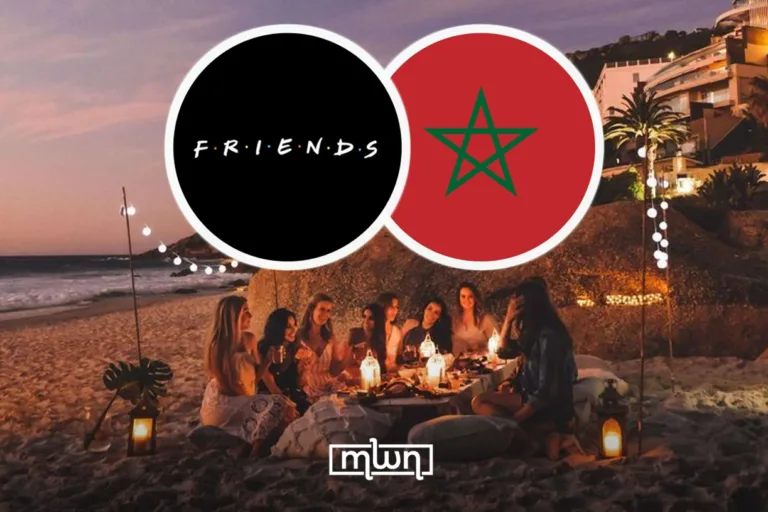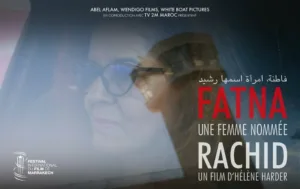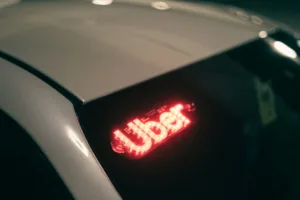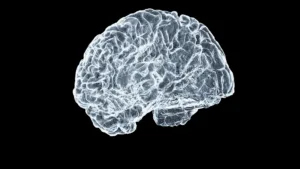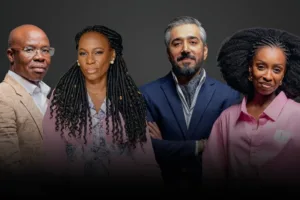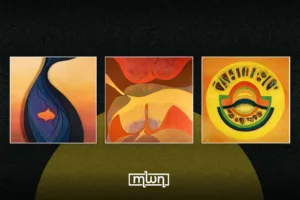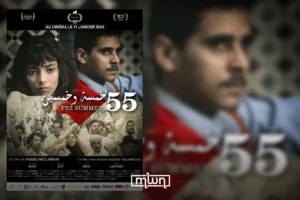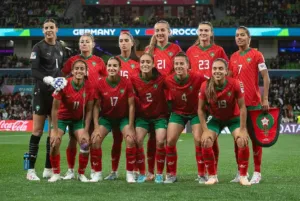There’s something magical about accents, isn’t there?
Marrakech – They’re like fingerprints for your voice — a little giveaway of where you’re from, what languages have shaped your tongue, and the stories your voice carries.
And if we’re talking accents, let’s talk about the accent that always gets a reaction: the Indian accent.
You know the one. It’s rich, melodious, occasionally misrepresented, but unmistakably full of character.
Whether you’ve heard it in a Bollywood blockbuster, from your neighborhood tech support genius, or during a YouTube cooking tutorial, there’s no denying its international presence.
So, what’s the deal with the Indian accent?
To start, let’s clear the air: the Indian accent isn’t a monolith. India is a mosaic of a plethora of languages and dialects, each adding its own twist to how English is spoken.
From the lyrical lilt of Kerala to the crisp consonants of Kolkata, accents within India can sound as different as New York to New Orleans.
But when Indian speakers step onto the global stage, a fascinating transformation happens.
The accent becomes a blend of rhythm and roll, with certain syllables stretched for emphasis (kaaar instead of car) and others clipped like a telegram (issit? for “is it?”).
Add to that a strategic sprinkling of “yaar” and “arre,” and you’ve got a linguistic spice mix that’s both functional and full of flair.
Love it, mock it, mimic it
The Indian accent has a unique place in pop culture. It’s been both celebrated and (let’s face it) caricatured.
Apu from The Simpsons might come to mind — an infamous example of how Western media has often flattened this nuanced accent into a punchline.
But here’s the twist: Indians have a sense of humor about it.
Whether it’s Russel Peters cracking jokes about the way aunties speak or Priyanka Chopra playfully switching accents on talk shows, the Indian accent has shown it can take a joke and give one back, sharper and sassier.
From call centers to global conferences
Once dismissed as “quirky” or “hard to understand,” the Indian accent has gone through a massive rebrand.
Today, it’s the voice of global tech leaders, Bollywood stars breaking into Hollywood, and yes, CEOs explaining quarterly profits on Wall Street.
This evolution isn’t just about accents — it’s about power and representation.
There’s a confidence in owning your natural voice, and Indian professionals across the world are doing just that.
No one’s trying to sound “less Indian” anymore. Instead, they’re leaning into the charm of rolling R’s and singing vowels, unapologetically owning the way they speak.
A global affair
But here’s the beauty of accents: they’re contagious. Spend enough time with an Indian friend, and you’ll find yourself adding “actually” to every other sentence or throwing in a cheeky “na?” at the end of a question.
Accents are cultural passports, allowing us to borrow flavors of each other’s worlds.
So, the next time you hear an Indian accent, listen closely. There’s music in it — centuries of history, thousands of stories, and just a touch of masala.
Because accents, like people, are at their best when they’re unapologetically authentic.
And as they say in India: “What to do, yaar? It’s just too good!”

